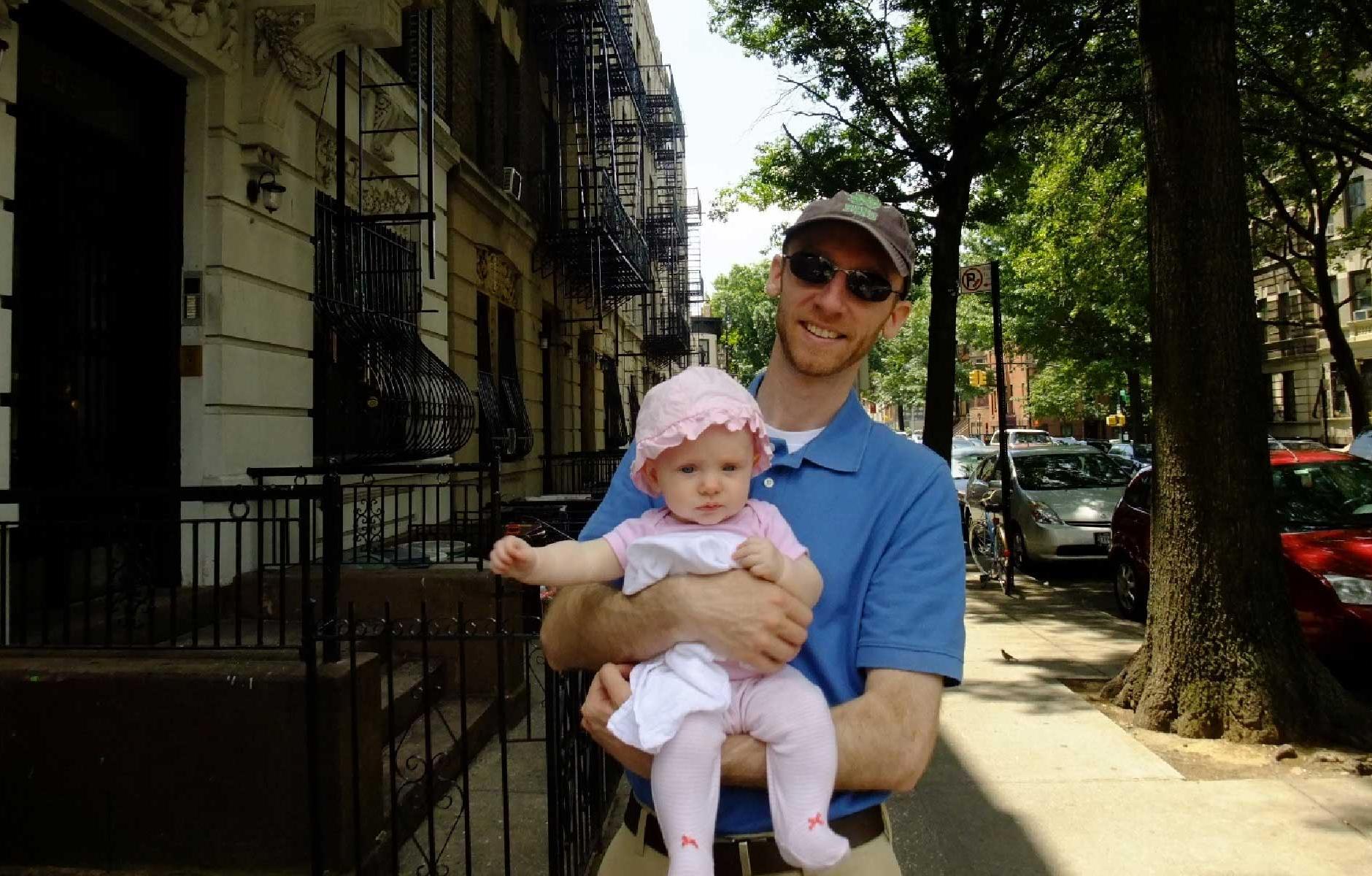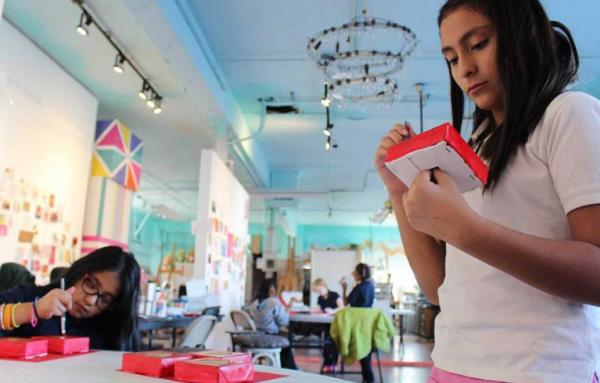
Affordability, millennials, and the next Baby Boom
My interest in this issue came from my husband’s and my own struggle in dealing with it. Like many young adults of our millennial generation, my husband and I spent the decade after graduating college living and working in some of the major metropolitan cities in the US and abroad – cities like London, New York, and Washington, DC. As we entered our 30s and started thinking about having kids, we wanted to find a place to start our family that would allow us to maintain our urban lifestyle with our children, both for our sake and for theirs. However, as architects and urban designers on middle-class salaries, being able to do so affordably in these top-tier cities seemed impossible.
What we desired was to live and work in a great urban neighborhood within these top-tier cities that was safe and inclusive of quality kid-friendly amenities, institutions, and infrastructure – neighborhoods such as Park Slope, Brooklyn, or Columbia Heights, Washington, DC.

However, with median home sale prices within these neighborhoods between a half million and one-and-a-half million dollars and with median rental prices nearing $3,000/month, the reality of what we could afford with kids was a tiny apartment in a questionably safe urban neighborhood or single-family house in the exurbs surrounding the city. Neither one was an attractive option, so in the end, we decided to ditch the top-tier cities and relocate to Tulsa, OK. Furthermore, I’d actually like to use Tulsa as a case study to illustrate what I believe – if the data is correct – has the potential to become a much larger trend.
Why use Tulsa? It is because Tulsa – a highly conservative, slow-to-change, oil-and-gas-dominated city – is one of the most unlikely suspects to attract young, urban, well-educated, forward-thinking, entrepreneurial millennials. Yet, once we moved there, that’s exactly what we found.

Before looking further at the solutions that Tulsa and other second- and third-tier cities offer millennials (especially those with kids), let’s pause for a moment to talk about the data and potential market trends to come. First, we all know that millennials now make up the largest portion of the population and that the majority of them – roughly 71 percent – want to live and work in walkable, mixed-use urban neighborhoods. Furthermore, though birth rates have decreased and, as of 2010, only 36 percent of millennial women have had children, studies have shown that another 47 percent of millennials still desire to have children eventually (Pew Research Center survey 2010/2011). They are simply waiting until later in life to do so.
Financially, 62 percent of millennials have incurred student debt at an average of $27,000, and just under a third get help with expenses from relatives (ULI survey 2014). Consequently, major investments in a home or even a car in the decade following college is much more difficult for millennials than it was for our parents’ generation, who typically were able to graduate college with little or no student debt.
Finally, given these financial constraints, what are the trends in living arrangements of millennials? According to a 2014 survey, 50 percent of millennials are renters (27 percent of which live with roommates), 21 percent live at home with their parents, and 14 percent live in multi-generational households (ULI survey 2014). These numbers have increased over the last generation, thus showing a trend in shared living arrangements. In fact, as of 2014, 18 percent of all Americans (i.e. 57 million people) live in multi-generational family households, which is double the number of those who lived in such households in 1980 (Pew Report 2014).
What this all means is that over the next decade or so, we are potentially looking at a baby boom creating a significantly large number of households with children that strongly desire to (continue to) live and work in walkable, mixed-use neighborhoods and that are also open to creative living arrangements to make life affordable. What these urban, child-bearing millennials want is the “complete package.” They want neighborhoods that are not only walkable and mixed-use, but now also safe for kids with good schools, good parks, good childcare options, a good community, and … they want it all for a good price (i.e. they want housing options that they can afford).

This is where Tulsa fits in. In fact, all the photos immediately above were taken in our walkable, mixed-use neighborhood in Tulsa. Ultimately, as millennials with children get priced out of the major metropolitan cities, they are now looking at second- and third-tier cities to provide them with what they want. What they are finding in these “second cities” is affordable housing in traditional pre-war neighborhoods on the immediate edges of downtown.
 Pre-war “collar neighborhoods”, Tulsa, OK
Pre-war “collar neighborhoods”, Tulsa, OKThese “collar” neighborhoods are a 20-minute walk or a 5-minute bike ride to the downtown and are compact, walkable, mixed-use, and green. They also contain a variety of affordable, family-sized housing stock available within them.
Thus, we went from the financially unattainable dream of a half million to 1.5 million dollars in “family-friendly” urban neighborhoods of top-tier cities to an attainable one between $175,000 and $300,000 located in a traditional neighborhood of a second city that is still inclusive of many or all of the desired elements that urban millennials with children want.

What’s also attracting these millennials to these second cities is that they are of the size that makes getting involved locally and making a big impact in the process possible. Additionally, given that the suburbs of these cities are where many millennials grew up, relocating to these places puts family (and ultimately child support) within close proximity. Something to note, however, is that not all collar neighborhoods are equal. It all depends on where they are on the socio-economic spectrum or in the revitalization process. What this has created is a variety of scenarios or solutions for attaining “the complete package.” In the next article, I’ll highlight few different and creative affordable urban lifestyle models for families with kids that we’ve found in Tulsa’s “collar” neighborhoods alone.
If you or anyone else you know are finding creative ways to make affordable urban living with kids work, let us know. We are currently seeking to gather additional examples and strategies for achieving this goal (and further define the challenges), and are slated to engage in the topic of the future of families and cities at CNU 25 in Seattle. Share your thoughts below or connect with us on the New Urbanist Parents Facebook group.
A version of this article first appeared on Strong Towns.







